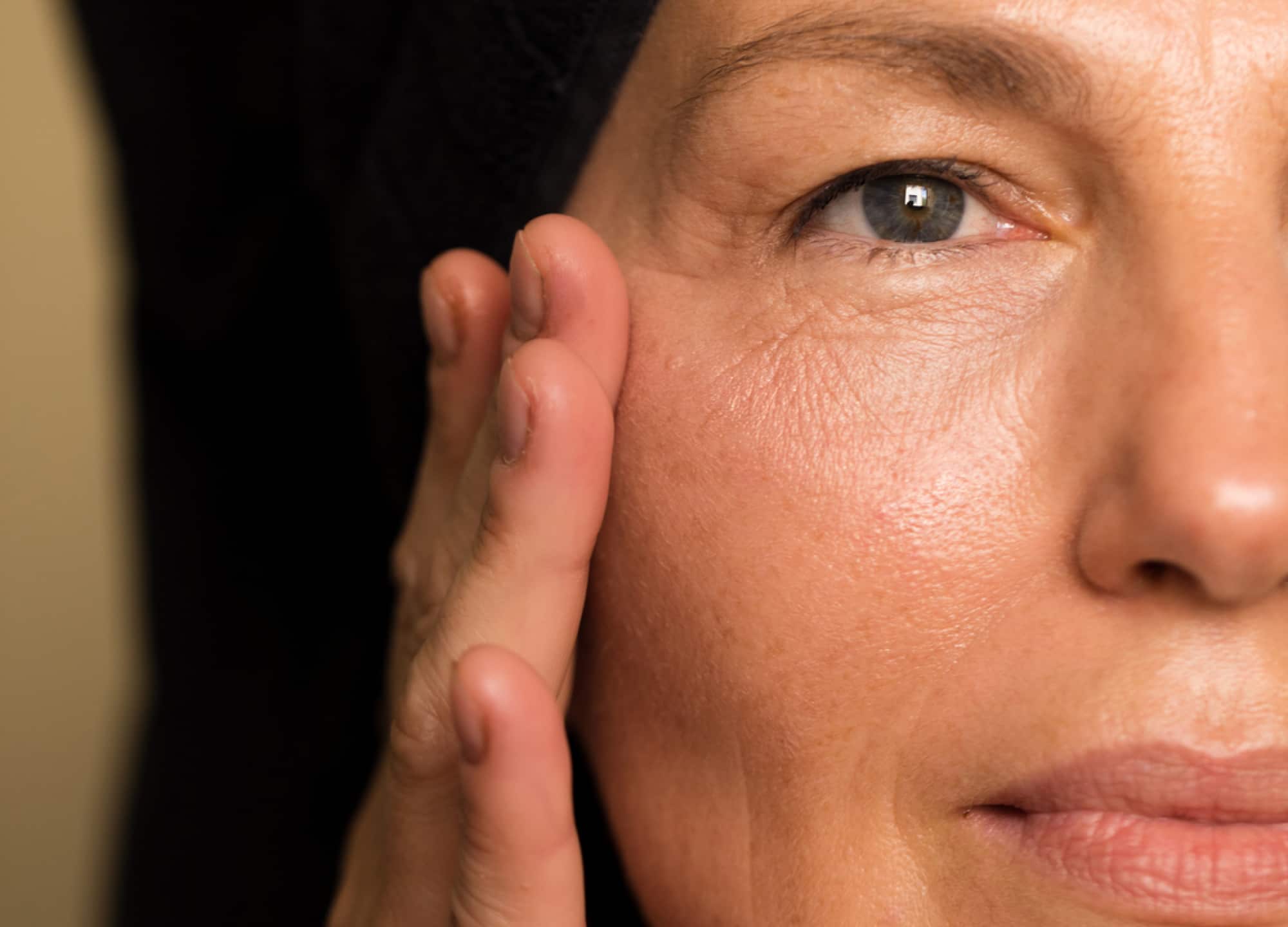New in-office procedures can invite skepticism—especially when they seem too good to be true, whether in the form of less downtime, faster recovery, or better-than-ever results. The new Tixel treatment is among them; so far, it’s offered only by a handful of providers and purportedly delivers a variety of benefits (think tighter, brighter, and smoother skin), with minimal drawbacks. So: is Tixel legit? So far, the doctors who’ve tried it agree that it’s an essential addition to their lineup of noninvasive procedures.
“Tixel makes your skin healthier, with minimal trauma,” says Dr. Jessie Cheung, a board-certified dermatologist in Chicago. If you scope out Tixel before and after photos, you might see a dramatic improvement in skin laxity and tone—and it’s not just smoke and mirrors. With that, here’s everything to know about this new procedure.
What is Tixel treatment?
While it’s often referred to as the “Tixel laser,” Tixel is not actually a laser, says Dr. Ava Shamban, a board-certified dermatologist in Beverly Hills, California. Instead of using light, it pairs heat energy with mechanical energy, to create tiny channels in the skin. “This process stimulates new collagen formation, to improve skin quality,” says Dr. Shamban, who declares the results “exceptional.”
The tip of the Tixel device features tiny pyramids, which are heated to 400°C during the treatment. These pyramids—which Dr. Shamban says touch only a small, direct area of the skin—send uniform heat waves into the skin in very short bursts. These heat waves go directly downward into the skin and without any spread, and for that reason, the Tixel device “is able to transfer thermal energy to the skin quickly, evenly, safely, and effectively,” she says.
If it sounds painful, don’t worry: “The treatment is relatively light in terms of pain, and it is well tolerated by most of the patient population,” says Dr. Shamban, who preps patients with numbing cream but has found that some don’t even need it.
What can Tixel treat?
From acne scars to fine lines, Tixel seems to improve skin on a number of fronts. “Tixel is versatile in that it may be used to address multiple issues—tightening of the skin, pigmentation concerns, and scarring—using just one device,” says Dr. Sophie Greenberg, a board-certified dermatologist in New York City.
It can even help with conditions like melasma, which can be stubborn to treat, adds Dr. Cheungl. She also turns to Tixel to smooth and tighten skin in smaller areas, like around the lips (to address lip lines) and eyelids (to tackle crepiness and laxity). A bonus here is that because the treatment is focused and doesn’t use light, there’s no need for protective eyewear, she says.
On top of that, “it is also designed to treat facial acne and scarring, with great success,” says Dr. Shamban. “Active acne and even old acne scarring has been shown to respond very well to Tixel.”
How does Tixel work?
What exactly makes the Tixel treatment so versatile? “It’s the only fractional skin resurfacing device of its kind to transfer thermal energy directly to skin via the conductive form of heat transfer,” says Dr. Shamban. And in addition to spurring collagen production, “the exfoliative removal of the top layer of skin produces an even skin tone, reducing pigmentation and other blemishes and revealing younger, fresher skin cells,” she says.
Dr. Cheung compares it to microneedling with radiofrequency, explaining that “ both be used for transcutaneous drug delivery—for exosomes and other skin boosters—and with minimal discomfort or downtime.” Dr. Greenberg has found this especially helpful when treating her melasma patients. “It can be used to help topical medications penetrate more deeply into the skin, a technique that I often employ,” she says.
What’s the downtime like?
It can vary, since the settings are customizable. “You can dial down the energy for minimal downtime, where you’re just barely pink and dry after treatment, or you can crank up the energy and be more red and puffy and have little dry, brown dots on your skin for about four days,” says Dr. Cheung.
Considering the results though, the downtime for Tixel treatment is relatively mild. “In my experience, Tixel provides significant results with much less recovery time than one might expect for the level of improvement,” says Dr. Greenberg, who tells patients that they can generally expect redness, swelling, and puffiness for up to seven days. (She cautions that sun protection is a nonnegotiable during recovery, since skin will still be vulnerable.)
Is Tixel safe?
So far, there don’t seem to be any major risks associated with Tixel. In fact, because it uses heat instead of light, this “mitigates risk for those patients of color with melanin-rich skin, who are often not ideal candidates for specific types of laser-energy formats,” says Dr. Shamban. It can even have some net-positive side effects. “It can improve dry eyes, [so] I often use it to treat dry eyes, alongside a patient’s eye doctor,” says Dr. Greenberg.
Bottom line
Tixel seems to be a compelling competitor to procedures like laser resurfacing and microneedling—without many of the usual drawbacks or compromises. Although it’s not yet available everywhere, if the expert feedback so far is any indication, this likely won’t be the case for long.











